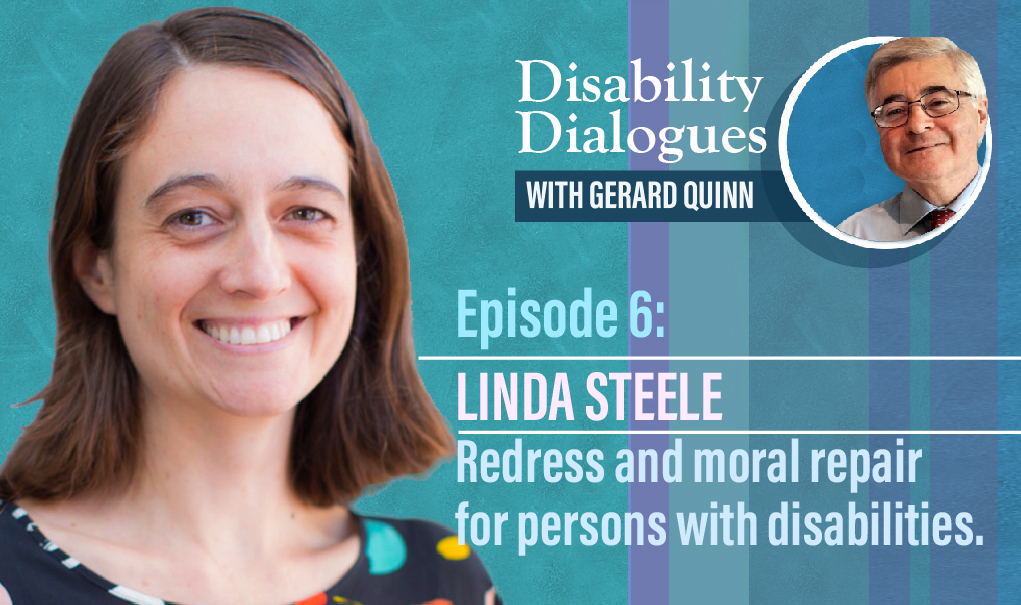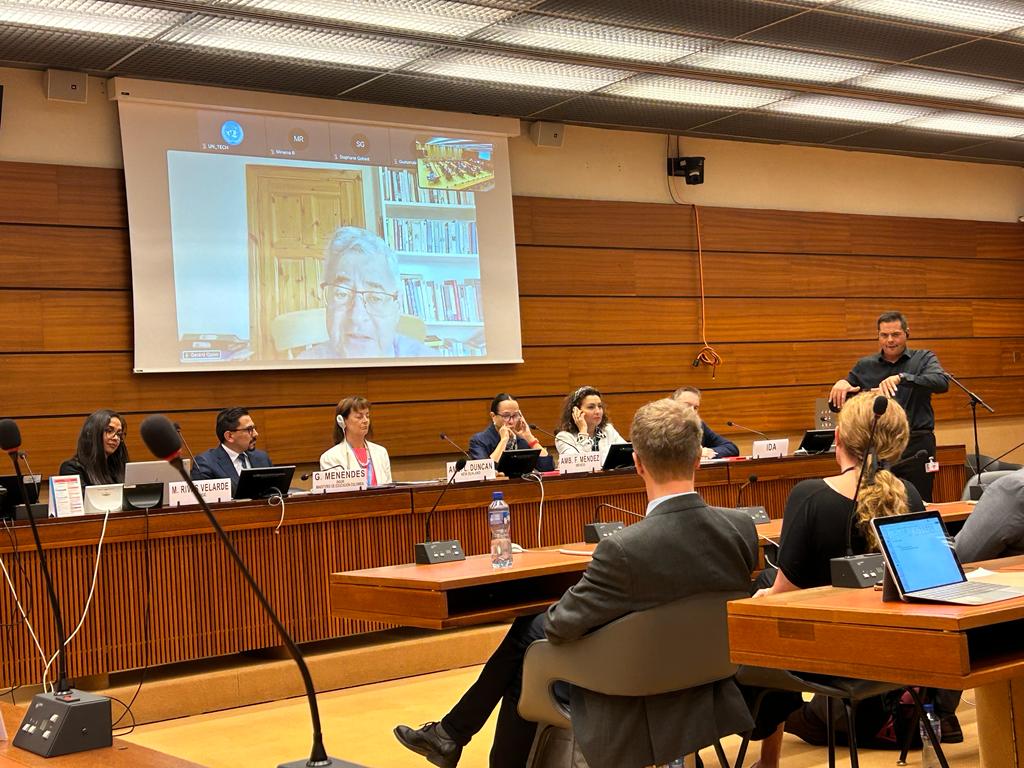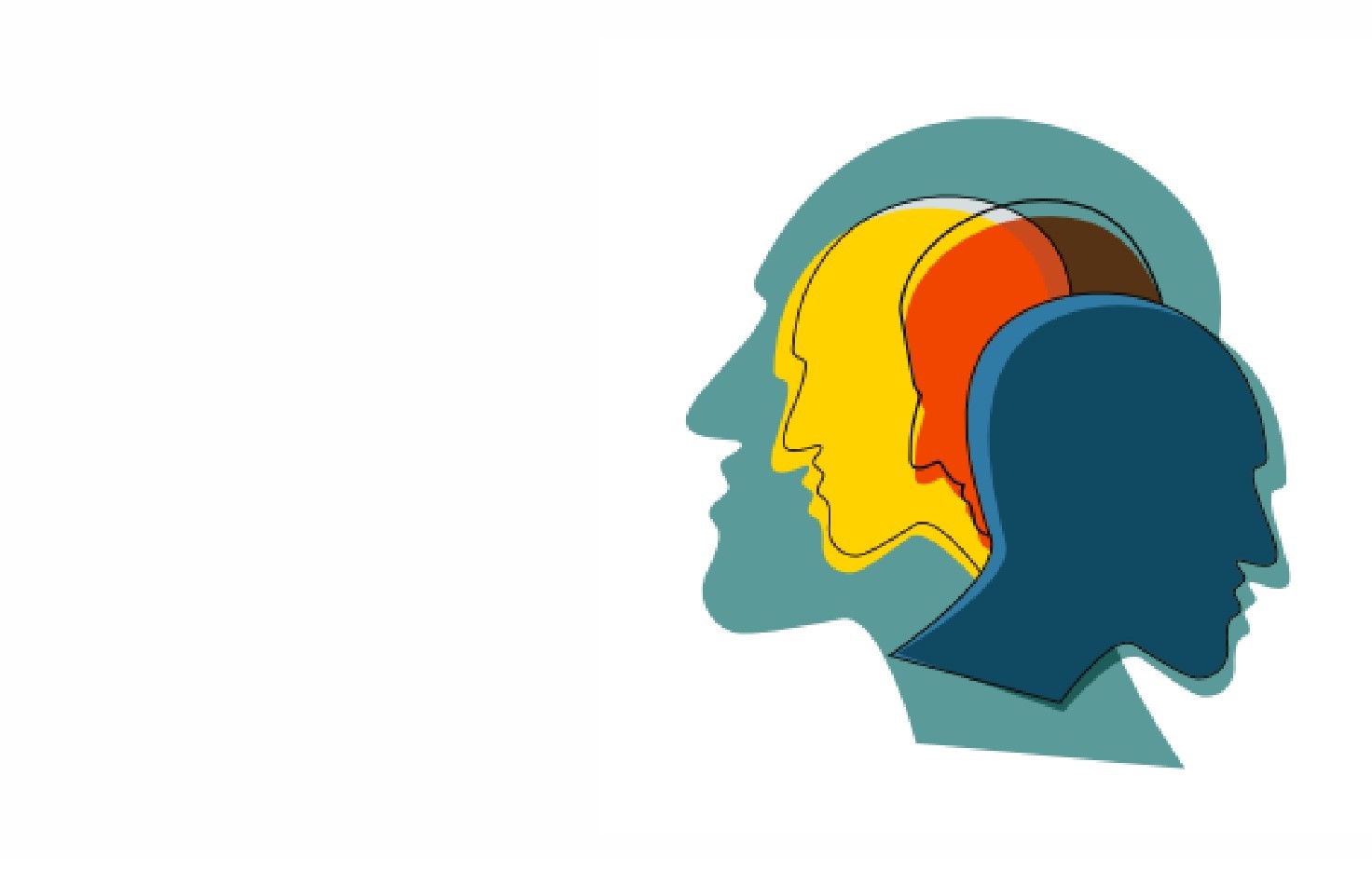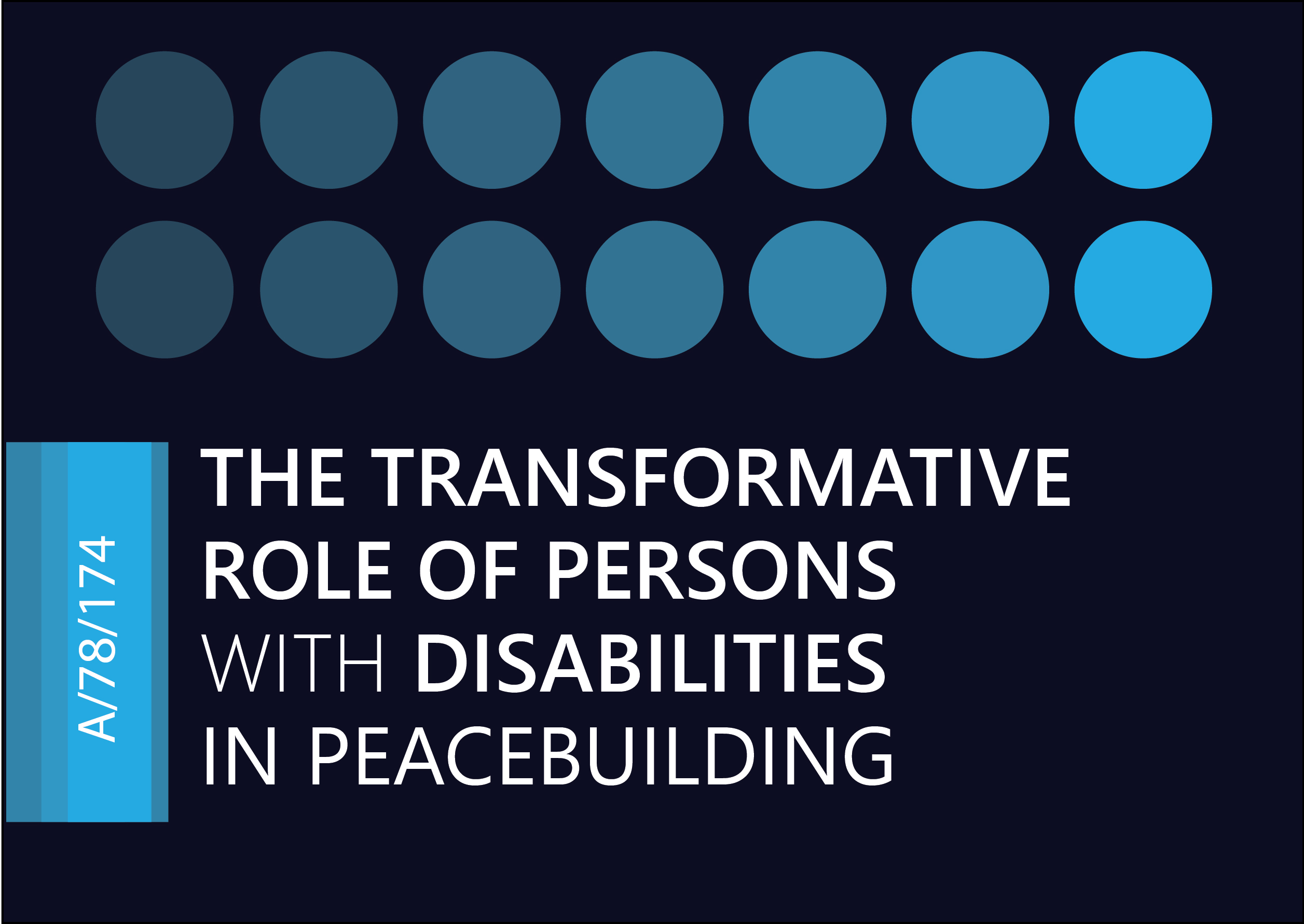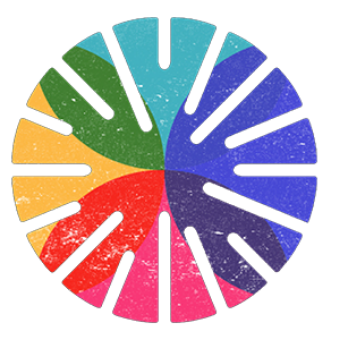UN entities and Member States can enhance the participation of LGBTIQ youth with disabilities, guided by human rights law and policy and the 2030 Agenda.
There were many innovations in the UN Disability Treaty [CRPD]. Many organizations of persons with disabilities took an active part in its drafting, which gave it a relevance and a raw edge that it otherwise might lack.
And this desideratum of civil society coproduction is not just a nice add-on: it is now a legal obligation. The slogan “nothing about us without us” is not just a slogan anymore. Article 4 of the Disability Treaty requires active consultations with persons with disabilities when setting policy and when making important policy decisions affecting persons with disabilities.
So, the substance of the Disability Treaty is famous for framing a completely new narrative on disability, based on embracing difference and positively accommodating it in spheres like education, employment, and many others. But the process-based innovations are the ones that explicitly give voice to those affected and hence transform the way policy is done. This is very powerful. If people are required to do things the right way, they generally tend to do the right things.
Intergenerational dialogue in human rights mechanisms can help us to break free of the chains of ableism and ageism.
The Disability Treaty also made a decent stab at intersectionality, trying to reach groups who experience accumulated disadvantages due to their overlapping identities. It explicitly embraces intersectionality on the ground of disabilities affecting women, youth and children with disabilities. By clear logical implication, it also reaches LGBTI+ persons including youth and children.
Of course, disability is only one lens through which to view LGBTI+ rights. But insomuch as it does, it underpins a core philosophical shift across the board: positive respect for dignity and difference.
I think about LGBTI+ young people with disabilities who are confined in institutions, those who are rejected by their communities and exposed to abuse, discrimination and violence. If something is not done to make sure these intersectional barriers are finally removed, soon it will be too late, and those left behind will have little chance to catch up.
Young people not only can drive the change we need, but they are, in fact, doing it already. The world just needs to listen and to make sure that your voice is not suffocated by barriers of discrimination, ableism and abuse. The process has to open up to all voices.
Intergenerational dialogue in human rights mechanisms can help us to break free of the chains of ableism and ageism.
‘Participation’ and ‘inclusion’ are only empty words if we do not really include them in our own daily work: when we consult with civil society, we have to make sure the voice of youth is there. When we promote a new law, or when we offer support to States in human rights policy making, let’s make sure we involve youth leaders. When reforming disability laws, let’s really listen to LGBTI+ youth with disabilities and partner for change.
Watch the presentation:

